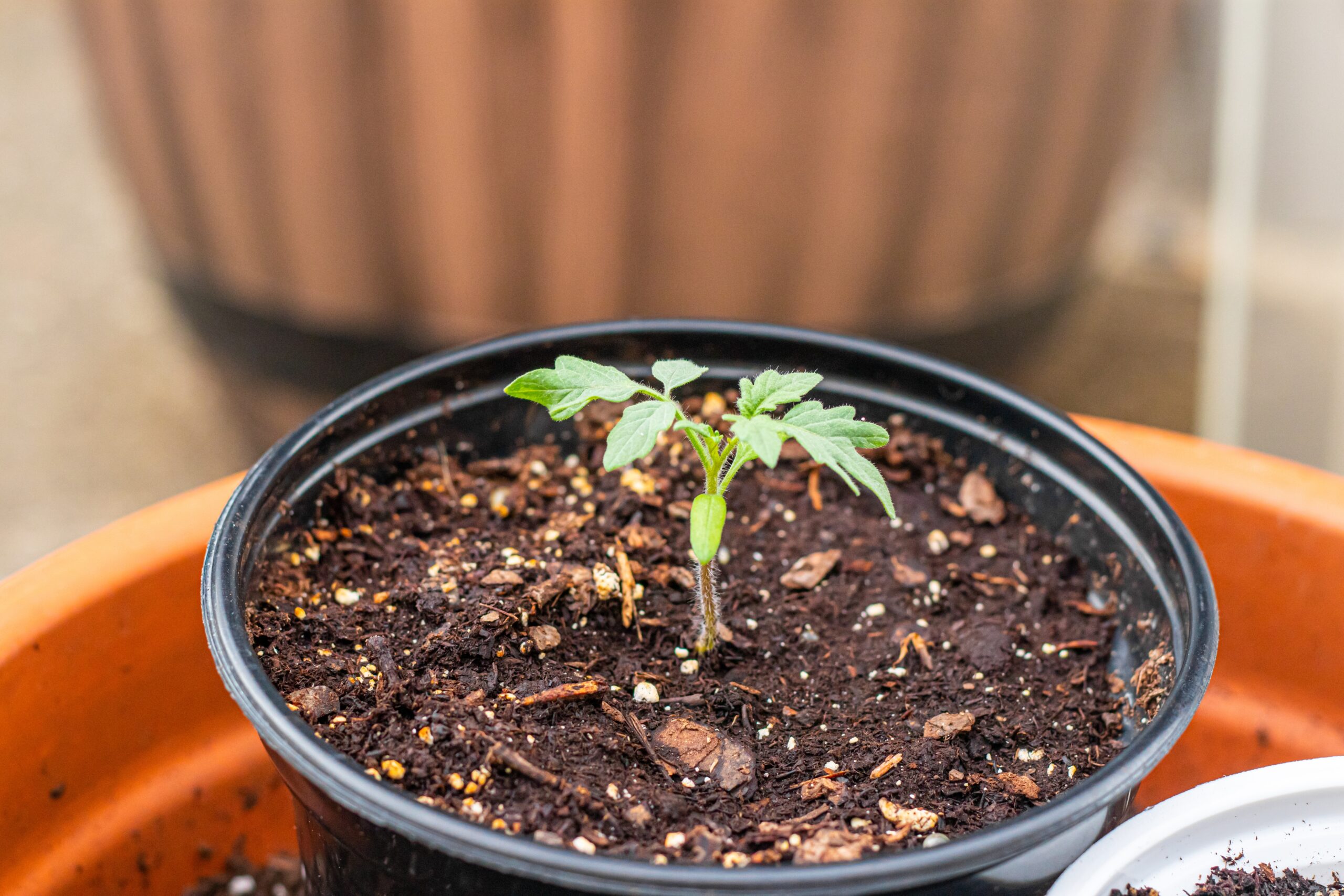When it comes to growing cannabis, having an understanding of the growth stages is crucial for achieving a successful yield. Among these stages, the flowering stage holds critical importance as it’s when your plants produce those resinous buds we all cherish. In this article, we will explore the different aspects of taking care of your flowering cannabis plants.
 Getting Familiar with the Flowering Stage
Getting Familiar with the Flowering Stage
The flowering stage marks a period where your cannabis plants shift their focus from growth to reproductive development. During this phase, they start to produce flowers or “buds” that contain cannabinoids like THC and CBD. Typically, cannabis plants enter the flowering stage after being exposed to a cycle consisting of 12 hours of light followed by 12 hours of darkness each day.
Understanding Light Requirements
Light plays a crucial role in determining the success of your cannabis plants during the flowering stage. While they still require intensity, reducing their daily exposure to light helps stimulate bud formation. It’s crucial to ensure darkness during those 12 hours of rest because even brief exposure to light can disrupt the plant’s hormonal balance and potentially delay or hinder bud development.
Considerations for Nutrient Adjustments
During the flowering stage, making adjustments in nutrient requirements becomes essential. It is recommended to use fertilizers that are specifically formulated for blooming plants or cannabis to achieve the best results. These fertilizers contain nutrients that support the development of buds. It’s important to follow the dosage instructions provided by fertilizer manufacturers to avoid any potential harm to your plants.
 Watering Techniques
Watering Techniques
When it comes to watering your flowering cannabis plants, precision and care are key. Overwatering can lead to root rot and other issues that can negatively impact the health and yield. Conversely, not providing adequate water can also stunt growth and reduce flower production. The goal is to strike a balance between keeping the soil moist but not waterlogged while also allowing time for the soil to dry out between watering sessions. Additionally, it’s crucial to monitor humidity levels in your growing area in order to prevent mold and other moisture-related problems.
Temperature and Climate Control
Maintaining temperature control is vital for ensuring the health of your flowering cannabis plants. Most strains thrive when daytime temperatures range between 70-80°F (21-27°C) with nighttime temperatures ranging between 60-70°F (15-21°C). Extreme temperature fluctuations can cause stress on your plants, which may affect their growth. Investing in a ventilation system with air circulation will help you maintain an optimal climate for your flowering cannabis plants.
Pruning and Support
Pruning and providing support are good practices when growing flowering cannabis plants. When your plants reach the flowering stage, they usually grow taller as they focus their energy on producing buds. Before this stage, it’s beneficial to prune your plants using techniques like topping or super cropping. This helps ensure the distribution of light, improved air circulation, and the development of bud sites. Additionally, using stakes or other support methods can prevent branches from bending or breaking under the weight of growing buds.
 Pest Prevention
Pest Prevention
Preventing pests is crucial during the flowering stage. Cannabis plants are more vulnerable to pests like aphids and spider mites at this time, which can harm both the leaves and flowers. It’s important to inspect your plants and use insecticides when necessary to prevent infestations. Maintaining cleanliness also helps in keeping pests at bay.
Observation and Patience
During this stage, patience is key as the flowering process takes time. It’s important to observe your plants for any issues that may arise. Look out for yellowing or discolored leaves, signs of pests, bud mold, or any indications of deficiencies or stress. Taking action in time can minimize problems and promote healthy flower growth.
Conclusion
Tending to cannabis plants during their flowering stage requires patience and careful attention to detail—an art that allows growers to eventually enjoy their well-deserved rewards. It’s important to consider factors such as light cycles, nutrient levels, watering methods, temperature control, pruning techniques, pest prevention measures, and careful observation to increase the likelihood of an abundant harvest of your flowering cannabis plants. Embrace this process with enthusiasm and care for your plants to maximize the quality of your yield.






